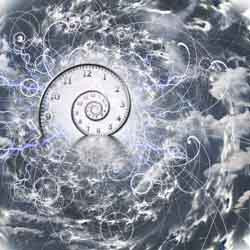Pushing the boundaries in quantum optomechanics
Optomechanics – the interaction between light and mechanical motion – is one of the most exciting and fastest growing fields in physics today. Research has already entered the realm where it is possible to observe mechanical motion of mesoscopic systems at quantum level. With EU funding of the project 'Optomechanics at the quantum level' (OQL), scientists exploited microresonators that have currently become an important platform for studying optomechanical effects at quantum level. Using a size range of a hundred micrometres to a few millimetres in diameter, microresonators can be used to produce frequency combs. A frequency comb is a light source whose spectrum consists of a train of femtosecond optical pulses. The carrier-envelope offset (CEO) frequency and the tooth spacing – namely, the repetition rate – are the key parameters determining all frequencies occurring in a frequency comb. OQL made a pioneering contribution to producing a self-referenced microresonator optical frequency comb that has been a long-standing goal in the research community. Scientists' extensive efforts to produce high-energy soliton pulses resulted in a broad enough spectrum spanning two thirds of an octave that was centred at 1 550 nm. This breakthrough enabled them to continue with measuring the CEO frequency by using an interferometric 2f-3f self-referencing scheme. By optically heterodyning the generated light with two energy transfer lasers at different frequencies, scientists verified the coherence of the generated spectrum. Then, they locked the phase of the first laser to the generated frequency comb and the phase of the second laser to the first one. This allowed directly measuring for the first time ever the microresonator CEO. The project's achievement has important implications for many applications requiring precise measurements of absolute optical frequencies, such as in optical atomic clocks. In addition to spectroscopy and telecommunications, another exciting application is the ability to create ultra-low phase noise microwave signals that could vastly outperform commercial microwave photonic sources.






